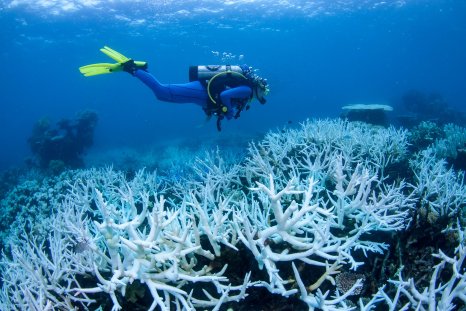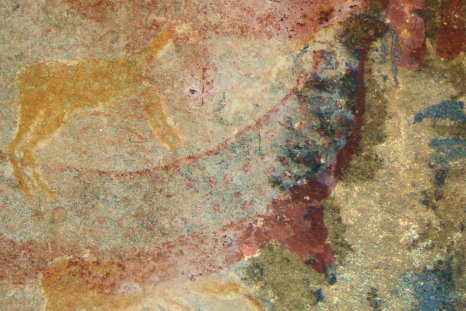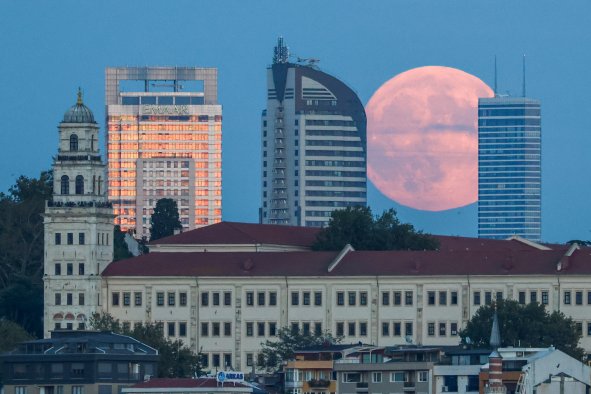Two disturbances blossoming over the ocean may soon develop into tropical storms, according to the National Hurricane Center.
Located in the central Atlantic, the remains of Tropical Storm Gordon are moving northward and are forecast to potentially reorganize back into a tropical cyclone.
And there could be another storm brewing in the western Caribbean near Mexico's Yucatan Peninsula.
More From Newsweek Vault: Learn the Fastest Ways to Build an Emergency Fund Today
"Showers and thunderstorms remain disorganized over the central tropical Atlantic in association with the remnants of Gordon. This system is forecast to interact with a non-tropical low to its northwest while moving north-northeastward at 5 to 10 mph during the next couple of days," the National Hurricane Center said in a Tropical Weather Outlook. "Environmental conditions could become more conducive for development later this week, and a tropical depression or storm could re-form in a few days while the system moves slowly northward over the central subtropical Atlantic."
The remnants of Gordon have a 30 percent chance of forming a tropical cyclone in the next 48 hours and a 60 percent chance in the coming 7 days.
The Caribbean disturbance has a 0 percent chance of becoming a cyclone in the next 48 hours, but carries a 20 percent chance of gaining that designation in the next 7 days.
More From Newsweek Vault: Compare the Best Banks for Emergency Funds
"A broad area of low pressure could form late this weekend or early next week over the northwestern Caribbean Sea. Thereafter, some slow development of this system is possible through the middle of next week while it moves slowly to the north or northwest over the northwestern Caribbean Sea or the southeastern Gulf of Mexico," the NHC describes.
An area of low pressure becomes a tropical cyclone if it intensifies and develops organized convection (thunderstorms) and cyclonic rotation. The process begins with a tropical disturbance, which is an area of organized thunderstorms but without significant wind circulation, which often form over warm ocean waters. If the disturbance persists and gains more organization, it can develop into a tropical depression, which forms when the low-pressure area has sustained wind speeds below 38 mph and winds begin to rotate around the center.
More From Newsweek Vault: Learn More About the Different Types of Savings Accounts
When the maximum sustained wind speeds in the system reach 39 mph, the tropical depression strengthens into a tropical storm, at which point it is given a name. As a tropical storm, the system exhibits better-defined rotation and more intense thunderstorms around the center. If the storm continues to strengthen and the wind speeds exceed 74 mph, it becomes a hurricane.
"Tropical depressions, tropical storms, and hurricanes/typhoons are collectively called tropical cyclones. Every year, there are about 80-100 tropical storms developing around the globe. About 50 to 70 percent of them develop into hurricanes," Haiyan Jiang, a professor of Earth and environment at Florida International University, told Newsweek.
Tropical Storm Gordon was the seventh named storm of the 2024 hurricane season, having been initially named Tropical Depression Seven after it emerged on September 11. Gordon hit tropical storm strength on September 13 as it moved westward across the Atlantic, but by Tuesday morning, had dropped back down to a depression and began moving northward.
"Gordon is no longer a tropical cyclone. The convective structure has degraded since the overnight hours, with only small bursts of convection occurring to the south and east of the estimated center position" the NHC said on Tuesday morning. "More importantly, recent scatterometer data indicate the system does not possess a well-defined, trackable center, with an elongated structure more indicative of a trough of low pressure."
"There are indications in the global models that the remnants of Gordon could redevelop later this week once the system moves into a more moist environment and gains some distance from the nearby frontal low."
Do you have a tip on a science story that Newsweek should be covering? Do you have a question about tropical storms? Let us know via science@newsweek.com.
Disclaimer: The copyright of this article belongs to the original author. Reposting this article is solely for the purpose of information dissemination and does not constitute any investment advice. If there is any infringement, please contact us immediately. We will make corrections or deletions as necessary. Thank you.



